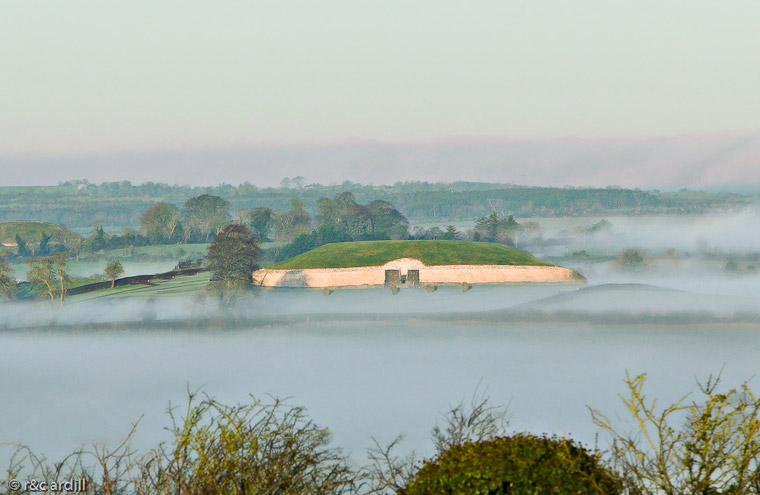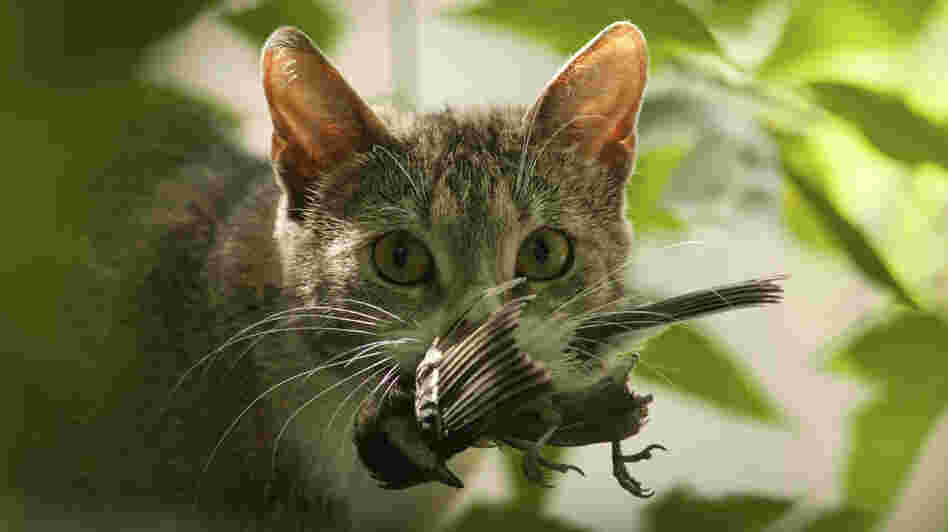Hi guys!!
 |
| Detail from the Book of Kells |
It's been a long while since I last posted something here. I've decided to pick it up again from today on! My goal is to post something here every few days, from interesting facts to research I'm doing (or have done), from linguistical topics to historical stuff and literature! I hope other people will find it as interesting as I do :)
As I'm a students of Celtic Studies, I'd like to part fact from fiction, and unfortunately Celtic has been a topic surrounded by myths and fiction for a long time. I'd like to show you that even though it may be not as mystical and spiritual as you may think, once those mists part, the facts make Celtic still the most interesting subject in history, linguistics and literature!
Stories
In the Stories-category I will explain some subjects that come up in Medieval Celtic literature, some interesting characters or summaries of tales!
The Otherworld
In Irish as well as some Welsh medieval literature, there is such a thing as the Otherworld. It is a land that has entrances everywhere, sometimes it lies under water, sometimes it is in a
sídhe ('fairymound'). It is easily confused with the Underworld/Tartarus in Greek tales and in a way it is a different version of that, but in Celtic tradition the people that die don't usually go to the Otherworld. It is just a world that lies next to ours with it's own people and animals. Also, don't confuse it with New Age-like stories of fairy's living under the hills in Ireland and Britain! That seems to be more a romantic view on Irish tales, made up in the last two centuries. But back to the Medieval Otherworld;
The people that live there never age and never die. Sometimes they are ugly, sometimes they are beautiful, but in every case they are sinless. Of course, this is a concept that was probably a pre-Christian thing, but the Catholic Irish seemed to want to keep the old stories alive and so they wrote them down, albeit with some Christian elements here and there. They figured, if the people from the Otherworld were already parted from humanity befóre the Fall, when Eve brought sin upon us, they would be sinless. It's a nice way of keeping the old stories alive without contradicting the Church!
The animals coming from the Otherworld mostly have weird colours, for example these hounds from
Pwyll Pendeuic Dyued ('Pwyll prince of Dyved'):
"their hair was of a brilliant shining white, and their ears were red;
and as the whiteness of their bodies shone, so did the redness of their
ears glisten."
In every Celtic medieval tale, descriptions like these point to an Otherworldly creature!
 |
| Brú na Boinne or Newgrange is a famous example of a sídhe and an entrance to the Otherworld |
|
The Otherworld appears in very different forms, and is different in Irish literature as opposed to Welsh literature. Some features appear more than once, such as food that never vanishes, and that the time seems to pass differently for people in the Otherworld as opposed to the normal world. In
Immram Brain ('The Voyage of Bran') Bran and his fellows travels to the Otherworld until one of them feels homesick. They decide to return, but they are told they musn't touch the land. Nechtan does it anyway and he turns to ashes as hundreds of years have passed and in normal time he was supposed to be dead for a long time.
In Welsh literature the Otherworld also appears like a magical hall wherein time passes very weirdly. (
Branwen uerch Lyr 'Branwen daughter of Llyr
').
Generally, you should be scared to get stuck in the Otherworld. If you don't watch carefully, the people from the Otherworld will bewitch you so that you will follow them and never return to your family again (as in
Echtra Chonnlai, 'The adventure of Connla'), or you die when you return (as in
Immram Brain 'the Voyage of Bran'). If the early medieval Celts really believed in the existence of this Otherworld, we may never be able to prove. It just appears in stories and we don't know if they perceived these stories as history or simply literature.
If you're interested in the subject I suggest you read some of this secondary literature, this is just a general introduction to the subject and by no way near a complete analysis.
'Dictionary of Celtic Mythology' by MacKillop
'The otherworld voyage in early Irish literature: an anthology of criticism' by Wooding
'Irish visions of the other-world: a contribution to the study of mediaeval visions' by Seymour
'Music and the Celtic otherworld: from Ireland to Iona' by Ralls-MacLeod
'The Celtic Otherworld' by Nutt (in Folklore Vol. 18)
That's it for now, I hope to see you again soon!
Love,
Lian
A small bibliography (I'm still a university student..)
'Ancient Irish Tales' by Cross and Slover
'The Mabinogion' translated by Gantz
Books and articles above
Sources photography:
Book of Kells
Robert and Cathy Ardill

